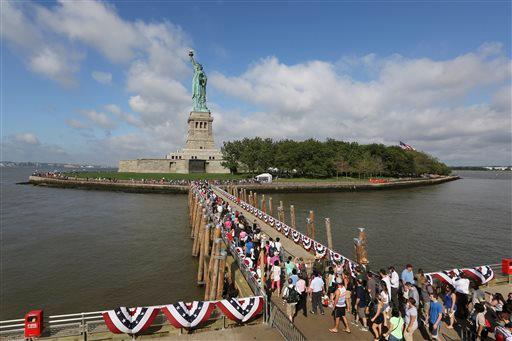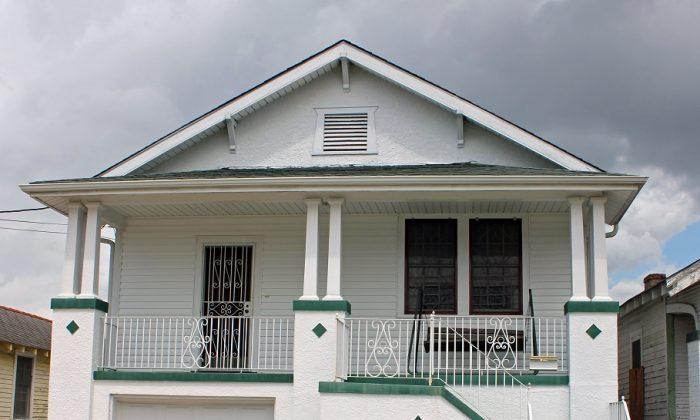NEW YORK— The Statue of Liberty weathered Hurricane Sandy unscathed in October 2012, although Liberty and Ellis Islands were not so lucky, requiring $77 million in repairs. The National Parks Department (NPS) is not simply repairing the national treasures, but rebuilding the islands to be more resilient to withstand future storms.
Like many of the buildings in New York City, electrical equipment on both islands where located in the basement or first floors. Knowing the vulnerability of basement dwelling equipment for future storms, the NPS invested in moving the equipment to higher ground.
In June FEMA released new floodplain and new guidelines for protecting buildings against future storms. Some of those measures include elevating structures or moving fragile infrastructure to higher ground.
“We are not actually elevating the buildings but we are elevating the utility systems above the flood zone,” National Park Service Director Jonathan Jarvis said. “We will be more resilient for the next set of storms.”
Jarvis said the utilities will be located on the second floor instead of the first, which should protect the electrical systems from future floods.
Jarvis said the NPS will use the opportunity to replace aging, environmentally unfriendly electrical, heating and cooling systems with new eco-friendly systems.
“They will set a new standard for sustainability,” Jarvis said. The new boilers will be able to burn oil or natural gas. Traditional light bulbs will be replaced with LED lighting, which will reduce energy use.
The environmentally friendly changes bumped up the price tag from an original estimate of $56 million to $77 million for both islands.
“We set a new, higher standard for ourselves so things would be built in a new way that would persist and be resilient for the next storm. That cost more money,” Jarvis said. “The estimate went up to reality.”





